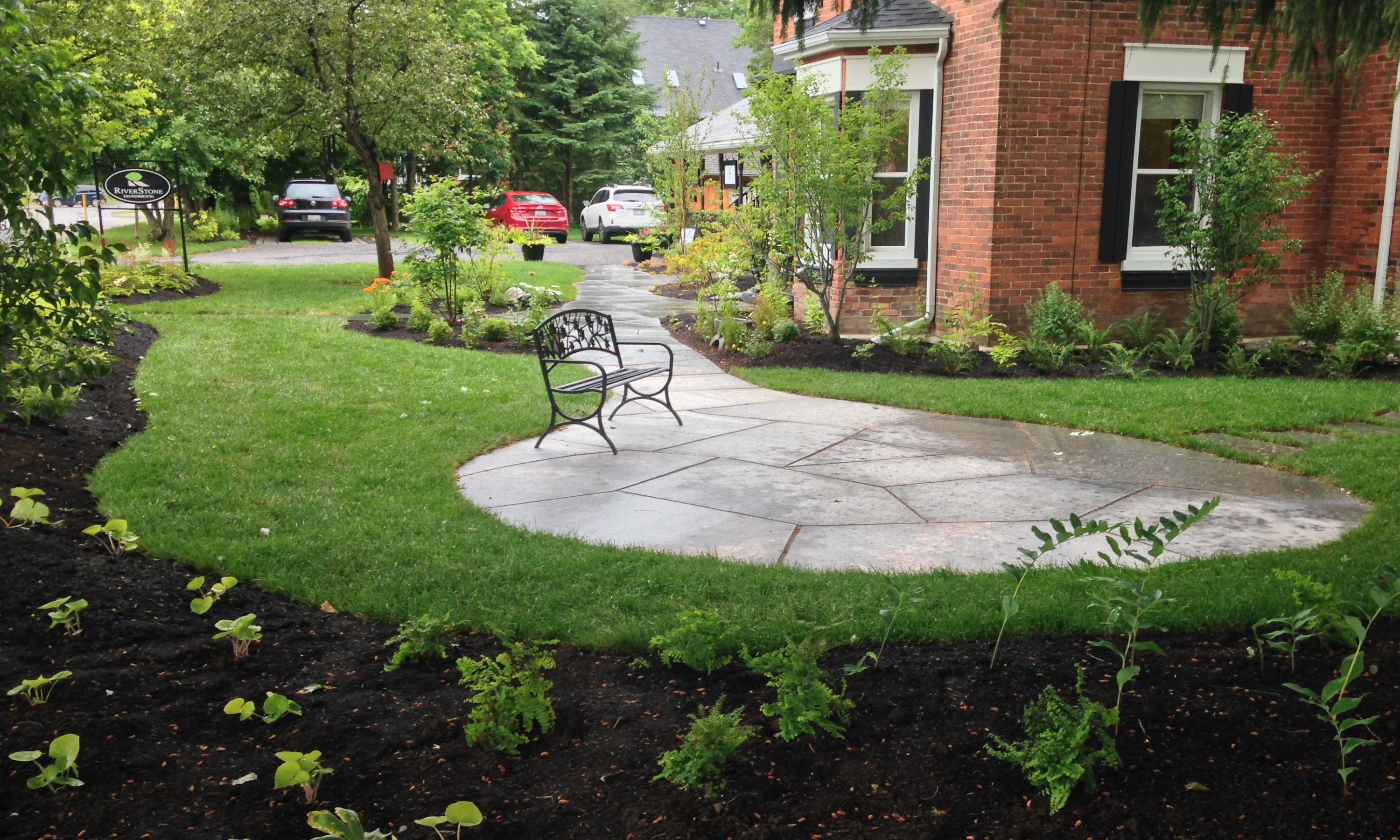Bioretention Cells and Bioswales
What is it?
• Gardens (usually containing plants with long root systems) meant to retain, trap, and absorb rain water
Where can they be used?
• Bioretention cells are often used around homes to provide an aesthetically pleasing environment
• Bioswales are used in long strips, typically along roadways and parking lots
• Residential areas
• Commercial areas
How do they work?
• Water is filtered by soil and vegetation
• Allows rain water to infiltrate the soil at a slower rate than normal, which reduces peak strain on waste water systems
• Roots create root channels which allow water to infiltrate up to a foot into the soil, even in tough soils and clay

Benefits
• Reduces runoff
• Improves water quality of runoff
• Provides pleasant garden space, or roadside greenery
Challenges
• Must be maintained to be kept effective, without the use of fertilizers or chemicals
Other Information
• A single large tree can absorb up to 90,000L of rain water a year
